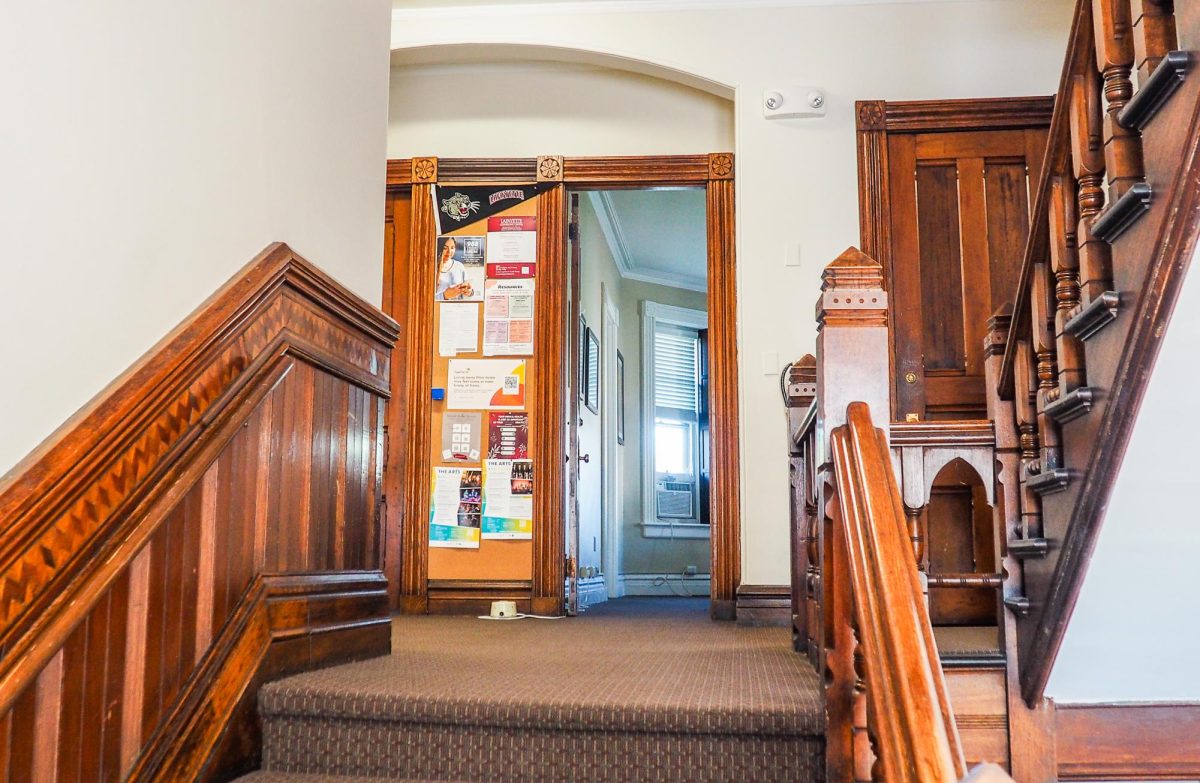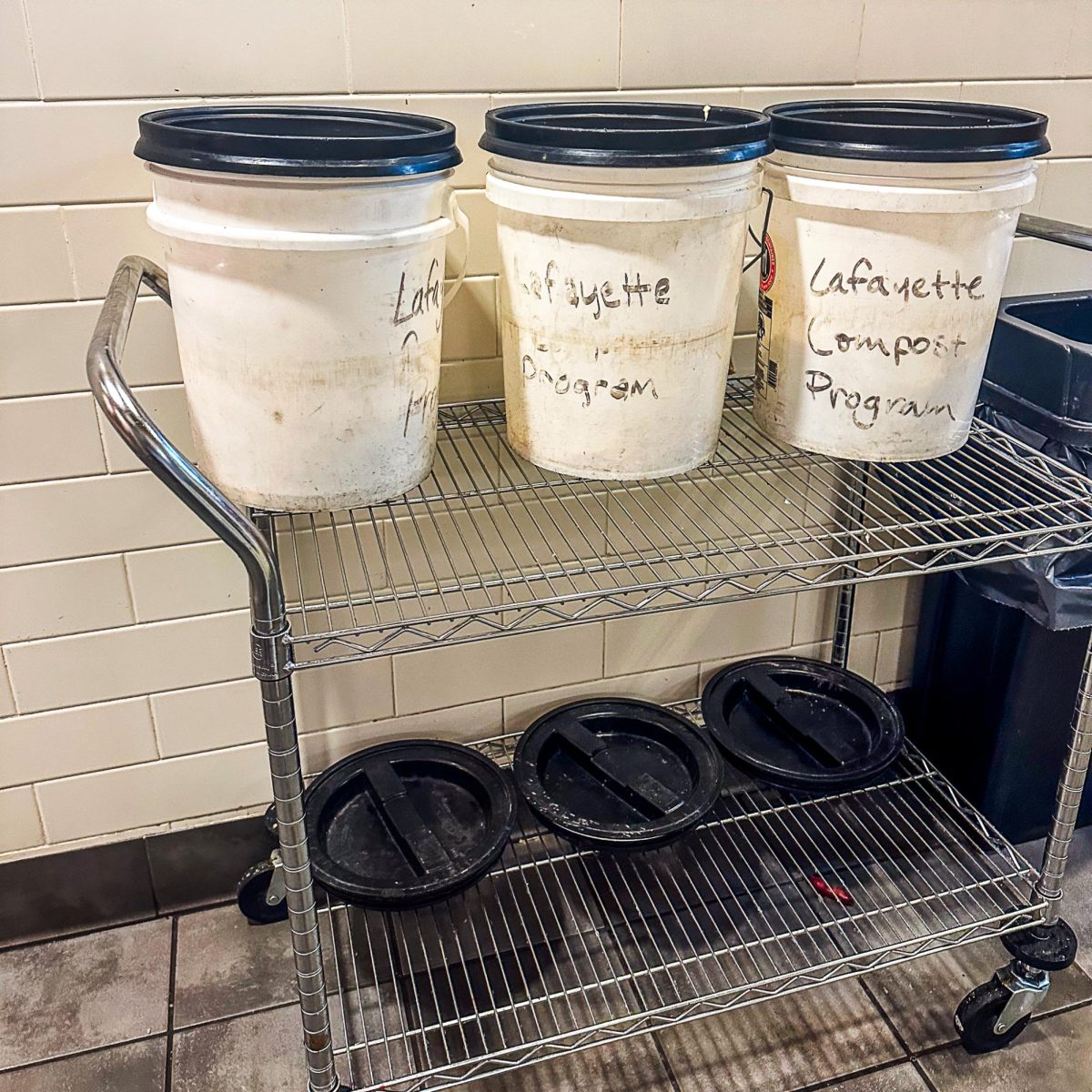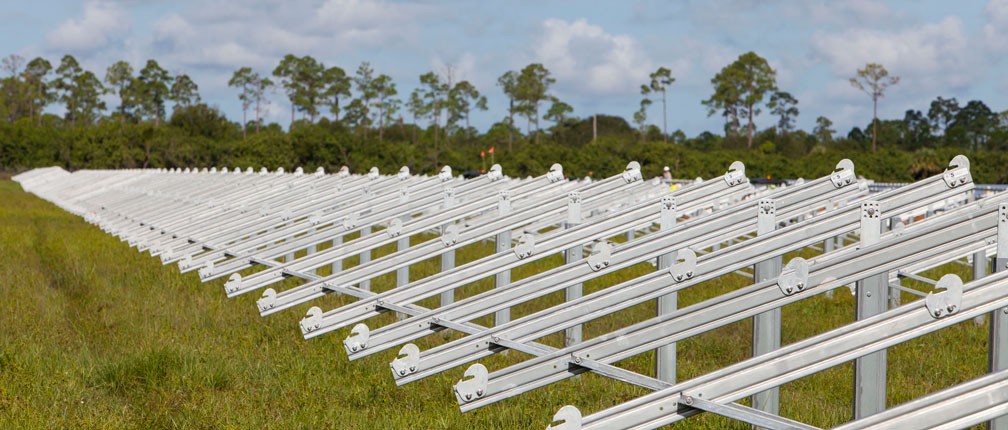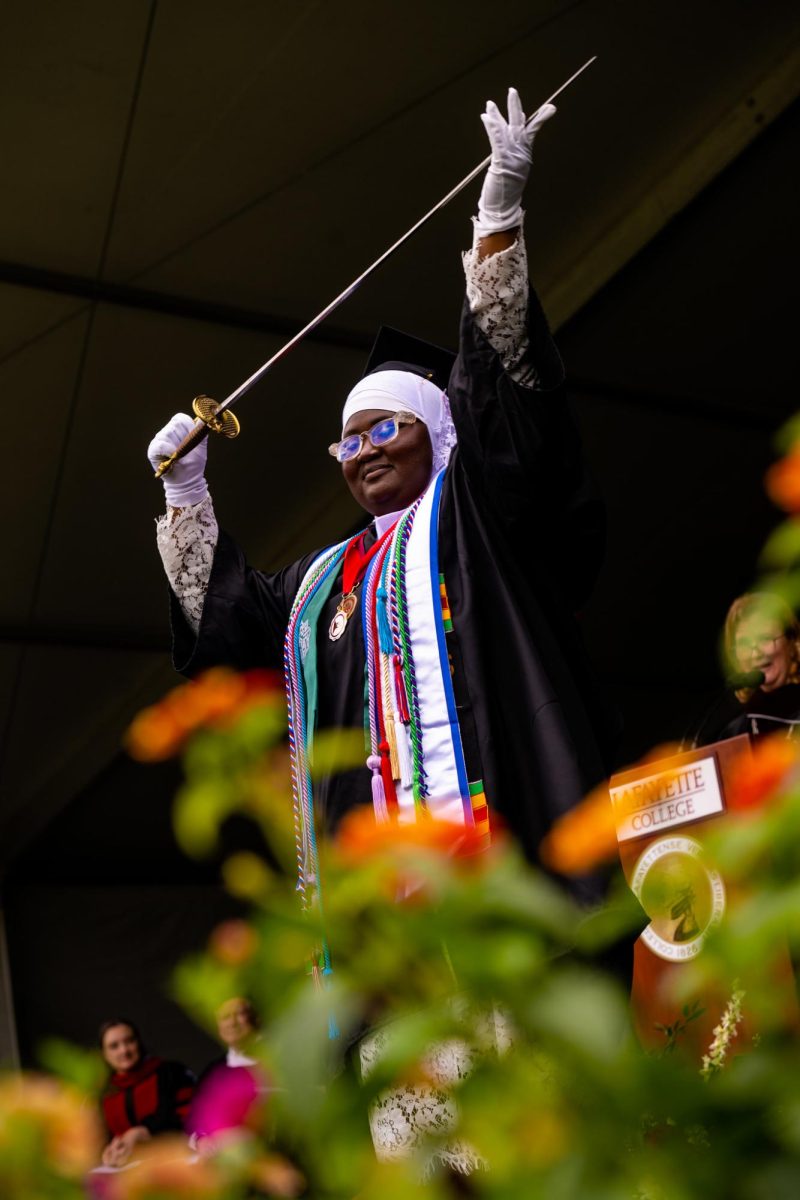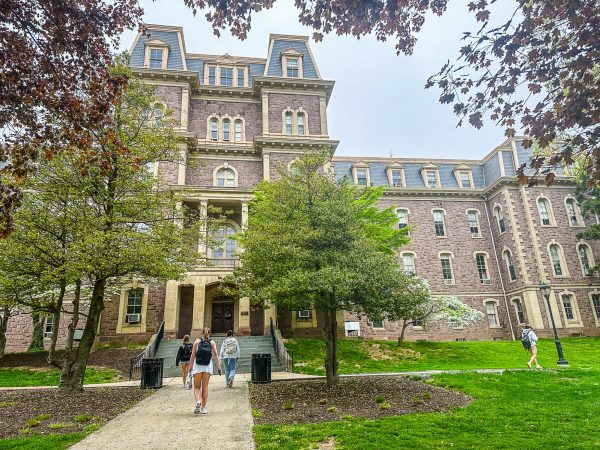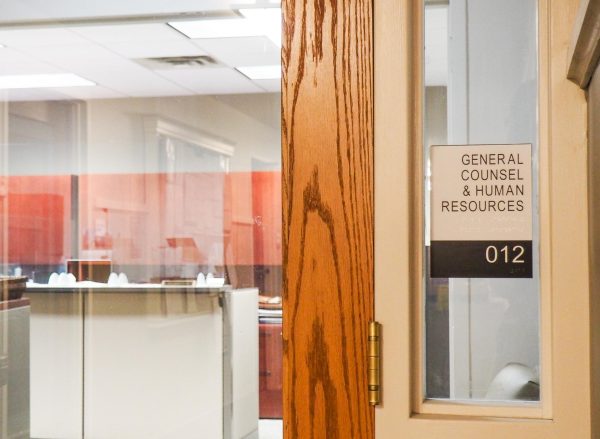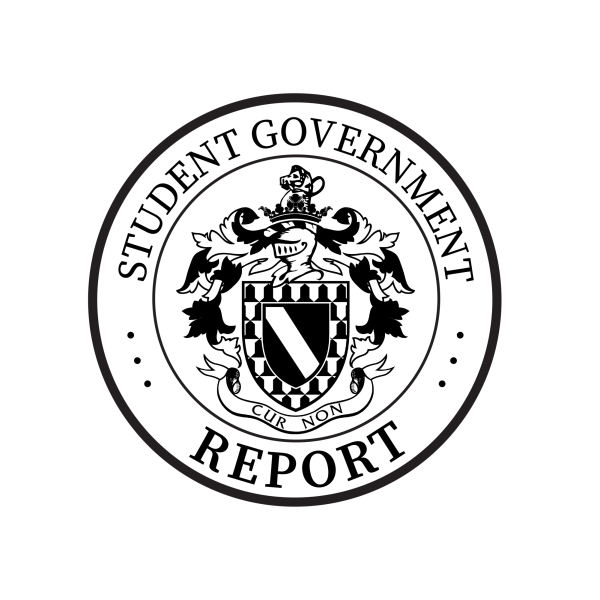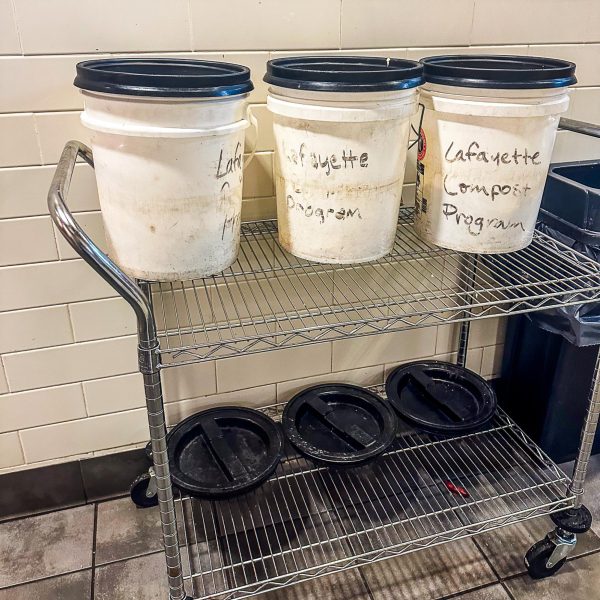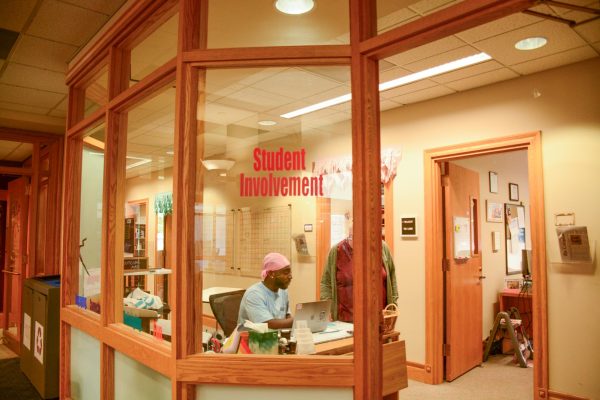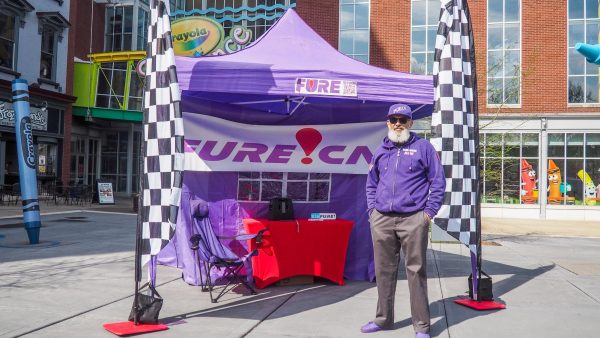Lafayette Today faces praise, critique more than a year after its inception
November 19, 2021
Lafayette Today, the Communications email sent out on weekdays to the members of the Lafayette Community, has evolved since its inception last spring. While the program has largely been received with positive feedback, some groups on campus have expressed a desire to have the ability to send direct emails to students. Others believe that some of Lafayette Today’s policies could be improved.
The newsletter began in March 2020–a few weeks after the college shifted to remote instruction–for the purpose of providing COVID-19 updates. Since then, Lafayette Today evolved to report on information and stories so that community members can stay updated and connected. There are two editions of Lafayette Today, one for students and one for faculty/staff, each tailored to its audience.
“Lafayette Today provides essential news and interesting information to faculty, staff and students through a coordinated and useful daily email that replaces the previously voluminous and repetitive single-purpose mass-distribution emails that flooded inboxes,” Executive Director of Communications, Scott Morse, wrote in an email.
Lawrence Malinconico, associate professor of geology, was involved with the 2018 Technology Clinic that analyzed the efficacy of the college’s communication system. The research from the clinic acted as part of the foundation for Lafayette Today’s inception.
“The tech clinic team just came up with the idea of finding ways of accumulating announcements so you wouldn’t be inundated with fifty emails a day, but you would have access to a combination of those within one source,” Malinconico said. “That’s where they left it at the time. Lafayette Today was partially a result of that but Communications did their studies as well, they were trying to find ways to consolidate all of that information.”
The information found in Lafayette Today is usually garnered through community submission, as any faculty member or student on campus can submit relevant news through a submission link that is included at the bottom of every edition. However, some student groups have called for more access.
An anonymous source in Student Government explained that last spring, the group sent out a campus-wide email–in violation of the Communications policy–calling for communications to be funneled through them.
Consequently, “StuGov had a frosty relationship with the communications team last year,” they said.
While the source noted that clubs on campus are meant to go through Lafayette Today for campus-wide emails, they argued that Student Government is a bit more than a club, and therefore should have some ability to communicate directly with students.
Dean of Students Brian Samble clarified that academic departments have no more ability to send out direct emails than Student Government does, adding that they are all subject to the same standards from Lafayette Today.
The Gateway Career Center is a department that, unlike most faculty or academic departments, has the ability to send direct communication to students, both through spam alerts and weekly digests. The Student Government source stated that this was possible because students are automatically opted-in to Gateway communication, although Mike Summers, associate vice president at the Center, confirmed that students can opt-out through Handshake.
The anonymous source said that Student Government would like to automatically opt all students into their communication, writing that “the things we have to tell the student body are very important. Every student, with their vote, is involved with student government in some way, so it is imperative that they have a direct line to their representatives.”
Gina Beviglia ‘22, the director of the Student Government Public Relations and Marketing Committee, wrote in an email that the group appreciates the purpose of Lafayette Today and happily uses it for regular communications, given that it would be inefficient to constantly inundate students with emails. However, she added that there were some exceptions to that.
“This past year, we experienced lower voting rates [in the Student Government elections], in part, we feel, because we were not allowed to send out a mass email to the student body on the day of elections,” Beviglia said. “We are hoping to regain the ability to communicate with the student body directly about crucial issues, like elections, for this upcoming year.”
The anonymous Student Government source added that this issue will be a priority for next semester.
Dean Samble confirmed that some groups on campus have expressed frustrations at being unable to directly contact students, but he noted that Lafayette Today is fully preferable to the chaos of the alternative because it allows students to focus on their inbox and departments to get the responses they want.
“It’s a trade-off, but even though I have to give up my own privileges to email the entire student body, it’s a trade-off I’m willing to make,” he said.
Samble added that the communications department has been very open to discussing these issues and groups like student government are given the ability to highlight important events such as election in the headline of the emails that go out.
Since it began, Lafayette Today has adapted to best serve the needs of the community, from the addition of a reminders section to allowing different organizations to link to their individual newsletters. Emphasizing this point, Morse wrote that the department is always open to feedback and ideas, writing that “as with any area of the college, we are always looking for ways to improve.”












